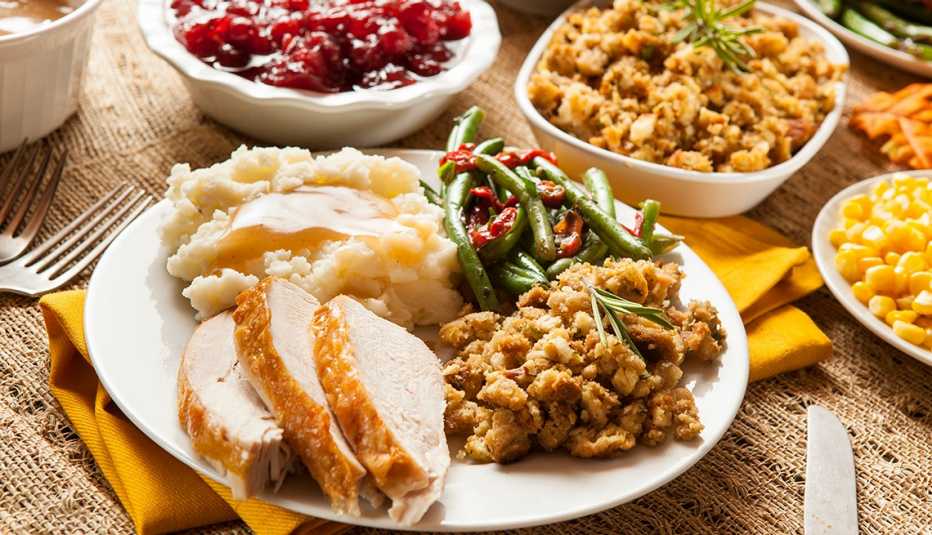Staying Fit
A healthy breakfast, lunch and dinner are important. But what you munch between meals makes just as much of an impact on the quality of your overall diet as any of those three squares. That's because nearly a quarter of the calories American adults take in each day come from snacks, according to federal nutrition data. “Snacks need to not just satisfy hunger but also add nutritional value,” says Lauri Wright, chair of the Department of Nutrition & Dietetics at the University of North Florida.
As we get older this idea becomes more crucial. The reason? “Mother Nature is just not nice,” says Joan Salge Blake, nutrition professor at Boston University and host of the health and wellness podcast Spot On! Metabolism decreases around 2 percent — which amounts to about 150 fewer calories needed daily — each decade after age 20, Wright points out. As calorie needs go down, nutrient needs mostly stay the same or even increase. Thus, your meals and snacks have to pack a nutritional punch.


AARP Membership— $12 for your first year when you sign up for Automatic Renewal
Get instant access to members-only products and hundreds of discounts, a free second membership, and a subscription to AARP the Magazine.
Here's the good news about snacks: If you choose the right foods, they can bridge nutrient gaps in your diet, help you stay satisfied so you don't overeat at meals, and give you energy when you need it — all while tasting great. Read on for a few strategies to make every bite count.
Control the calories
There's no precise number of calories you should get in a snack; the specifics depend on your individual needs. But in general, you'll want to look for foods that provide more nutrients and fill you up for fewer calories. “A well-planned snack can make all the difference in not gaining weight over time,” Wright says. Instead of chips or high-calorie snack bars, try air-popped popcorn with two rounded tablespoons of grated parmesan, or half a cup of cottage cheese with cantaloupe. Both options give you around 10 percent of your daily calcium needs.
Also, keep an eye on portion sizes, even for edibles that you think of as being good for you. If you're not sure where to start, try a snack that's around 100 to 150 calories; if that's not enough, eat more next time.


































































